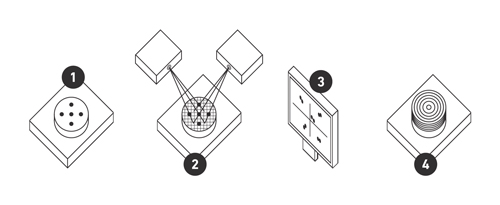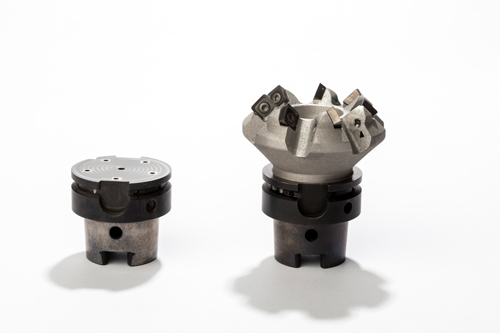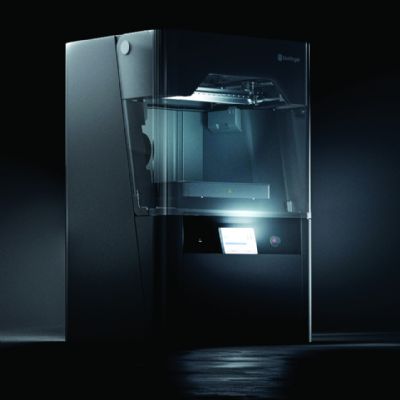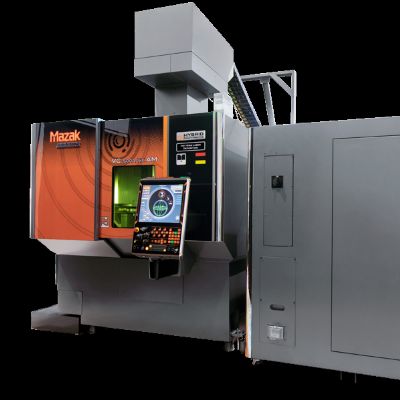Hybrid Process Improved by Using Referencing to Orient Preform with AM Build
July 24, 2020Comments
 |
| This schematic of a hybrid approach using referencing shows 1. a preform with pre-machined holes on the build plate; 2. laser scanning of the preform and holes with light-reflection detection; 3. automatic x, y and θ orientation correction; and 4. the optimized building of the geometry. |
This type of hybrid process must start with the preform fixed on the build platform before it is referenced, to align the preform and the intended printed section. Referencing can be especially challenging because, unlike in CNC machining, no physical link exists in AM between the optics and the preform. Instead, manufacturers generally must rely on visual alignment or external coordinate measuring machines to confirm positioning accuracy. Both techniques are time-consuming and, in the case of simple visual alignment, prone to operator error. With variance in excess of 100 µm, these techniques also cannot provide the accuracy required for most final applications.
 |
| A machined tool holder (left), and with the metal-AM cutting head attached (right), shows how a hybrid process using referencing software can produce components. |
The DMP Calibration Tool function leverages light-sensing melt-pool monitoring hardware for another purpose: scanning preforms to identify pre-machined locating holes in the part’s surface. Naturally, a part surface and hole offer much greater contrast than the reflectivity differences used to optimize highly precise metal-AM processes, allowing for an extremely reliable method for establishing the part’s precise location, according to GF Machining Solutions officials.








